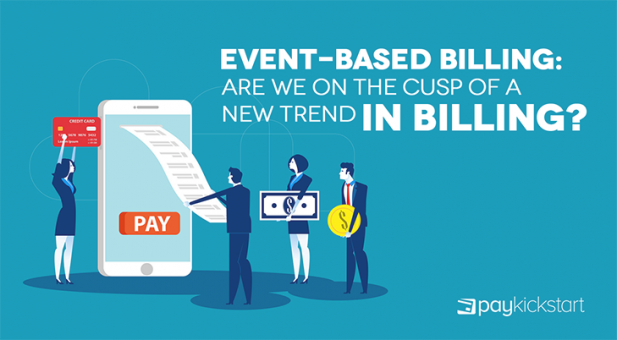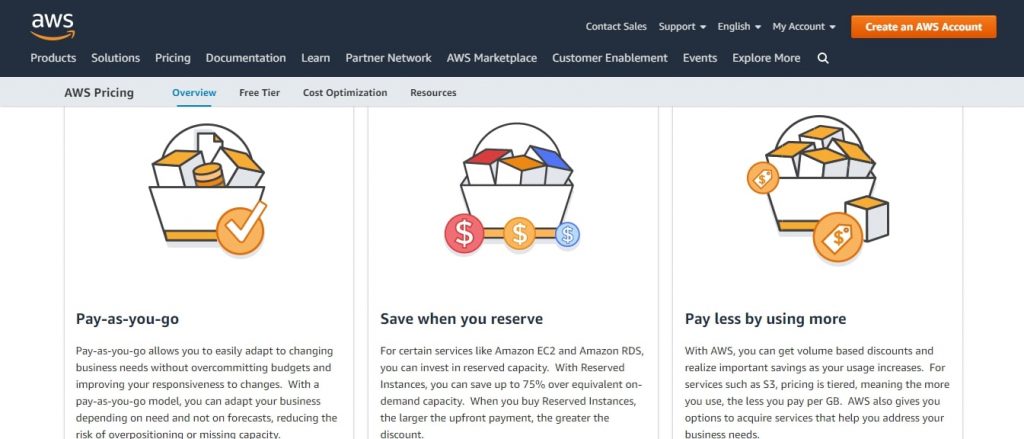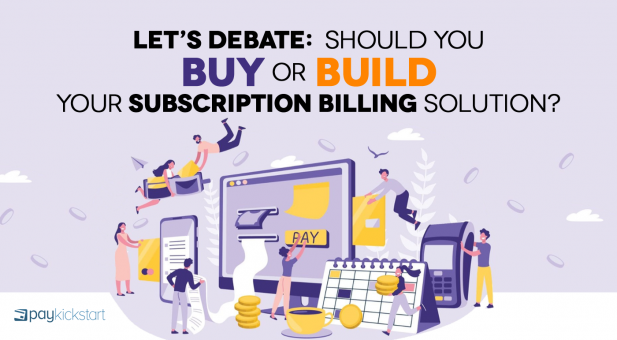Subscription growth hack (by PayKickstart)
Facebook Group - 3,932 members
Visit Group
Have you ever signed up for a service because you needed it but all of the plans were offering too much? Only one feature or two features are relevant or your usage would be much less than the smallest plan but you were forced to pay anyway?
The goal with this form of subscription billing is to make pricing plans that can fit in as many people with as little friction as possible. The problem is that there’s little to no personalization for the individual user.
The way the billing is handled benefits the company and the customers who are in the middle. The prospects on the edges have to force themselves into the mold or be left out. Many organizations are embracing a type of pay-as-you-go model that caters to the needs of individual customers.
In this article, we’ll look at what event-based billing is and the growing case for using it in your business.
Put simply, event-based billing is when you’re only charged for a billable event. If a billable event doesn’t occur during a payment cycle then you’re not charged. In other words, you’re charged in direct proportion to usage.
If you decide to take a break from it, your account isn’t canceled, you’re just not charged because you didn’t use the service. There are many organizations that have a usage-based model but still charge you to keep your account active whether you’ve used it or not. This can be considered a hybrid event-based billing model.
For example, an organization may charge you based on data transfer every month. The cost is $1/GB of data transferred. Even if you don’t transfer any data in the billing cycle, you’ll still be charged a $5 to maintain your account.
In a pure event-based billing model, you’re only charged for the exact amount of the service you use. If you use none of it then you’re not charged anything. If you use 100GB of data transfer then you’ll pay for that exact amount.
There are many organizations, big and small, that use both hybrid and pure event-based billing models.

Amazon Web Services (AWS) has gone a long way to popularize event-based billing. For certain services, it has a pay-as-you-go model. You get to pick and choose the things you need and as your usage grows, so does the fee you pay.
It can be an advantage with a service like AWS because there are so many things that it offers. If they were to bundle it into three or four pricing tiers, it would either be too expensive or they’d lose a lot of money in the process.
The problem I’ve personally experienced with AWS is that the billing is convoluted. It’s difficult to understand how much you pay before you get the bill. The same is true for Google Cloud Platform.
Datadog is an infrastructure and application monitoring service that was designed to make it easier to manage other services like AWS and GCP. You’re able to keep an eye on and monitor them so usage doesn’t get out of hand.
It also uses event-based billing so the customer only pays for what they use.

Event-based billing allows businesses to cater to entry-level customers and enterprise customers with the same pricing structure.
The age of having to move upmarket to unlock more value for your business may be coming to an end. You can now serve the entire spectrum of your market more easily.
Whether you like to admit it or not, the subscription model is becoming saturated – especially software. There are thousands of SaaS companies selling similar products and it’s getting more difficult to differentiate yourself.
There are two routes that organizations are going.
They’re either creating point solutions that do one thing well or they’re creating all-in-one solutions that cater to the needs of a business in an entire vertical. PayKickstart is an all-in-one solution for billing and affiliate management.
What if, as a customer, you don’t have any plans to recruit affiliates but you do want the ability to create countless products and set up sales funnels. What do you do? With event-based billing, you could choose the exact services you want from PayKickstart and then pay for them based on your usage.
As an organization, this would be good for PayKickstart because we’ve effectively lowered the barrier of entry for new customers.
Apart from making it easier to purchase, many people are becoming more conscious of their consumption habits. There’s an effort among people – especially millennials – to cut down on spending for things they don’t use.
A great example of this is the cable industry that’s losing millions of customers every year. It’s not because their target demographic can’t afford to pay. Rather, their former customers aren’t interested in paying for services that restrict them from using them the way they want.
Many companies have seen the writing on the wall and are investing more into event-based billing. Chargify recently acquired Keen – an event-based billing platform – for an undisclosed sum.
Though there are many opportunities, there are drawbacks to event-based billing that need to be worked out before you take the plunge.
One of the most glaring problems with this billing model is the ability for things to get complicated for the end-user. Let’s say you have a service that provides email marketing, webinars, landing pages, and ads management. A customer may only sign up for the email service at first then want to add the webinars later.
After a few more months, they decide to get the landing pages too. They’re being billed for the number of contacts, the views on their landing pages, and the number of webinar attendees every month. They would have a hard time calculating all of that because it’s variable.
Another disadvantage is that it’s hard for you, as the vendor, to predict your revenue because everything is variable. A customer that paid $500 last month may only pay $50 this month.
Event-based billing is a promising billing model. It gives customers the power to pick and choose the exact services they’d like to use. As their needs increase, their fees increase and as their needs reduce, their fees reduce.
There is the possibility of making your service difficult to understand so before implementing event-based billing, carefully consider how it’s presented. That way you can cut down on a lot of confusion.
Let me know what you think about event-based billing in the comments and don’t forget to share.
Daniel Ndukwu is a regular contributor to the PayKickstart blog. He has extensive experience with online businesses, conversion optimization, and subscription revenue models. When he's not writing insightful content, he works with other entrepreneurs to help them grow their bottom line.
Read More About Daniel Ndukwu